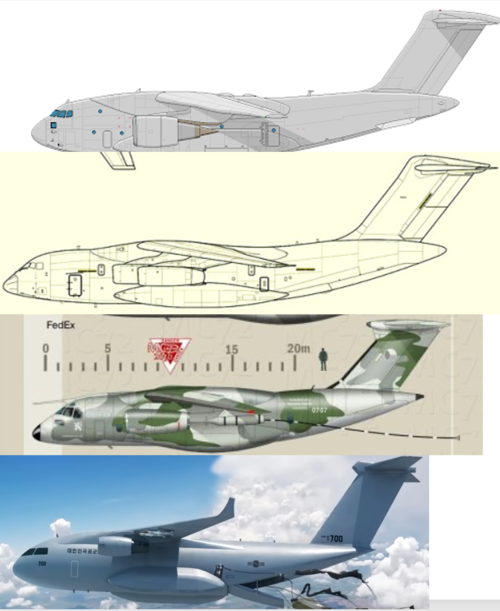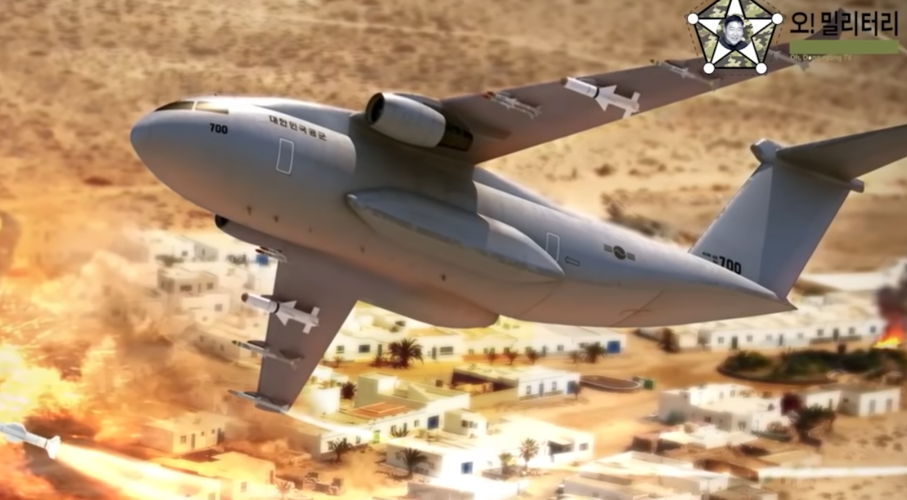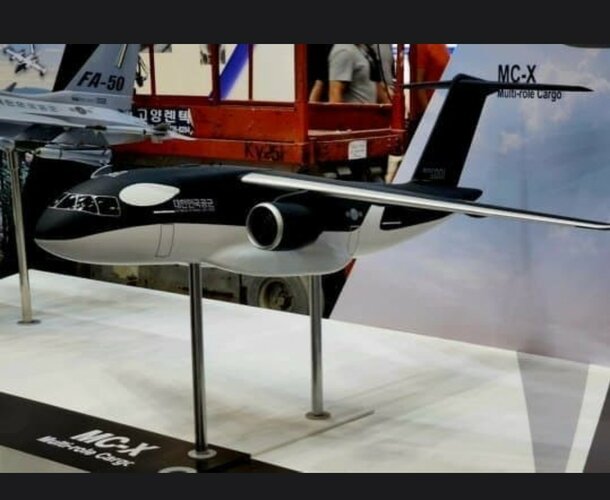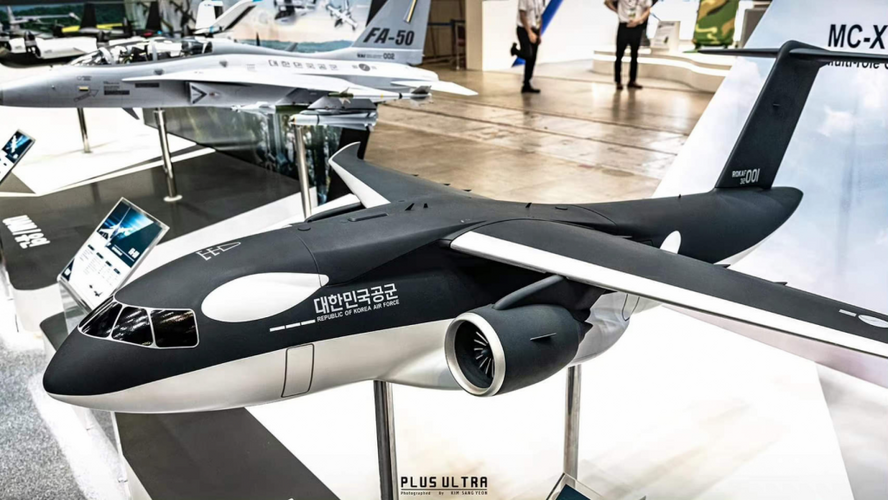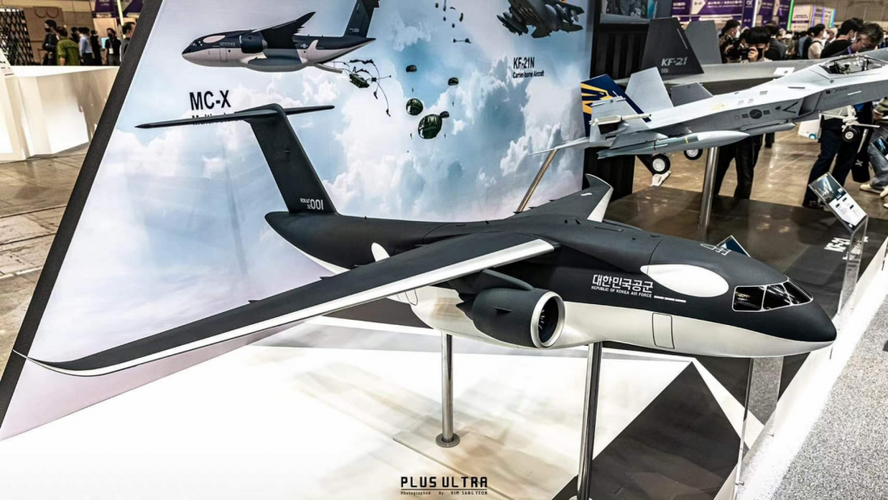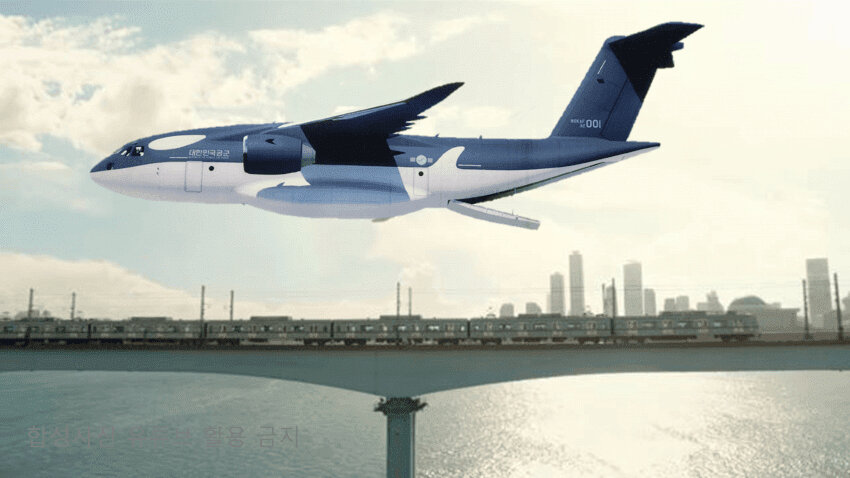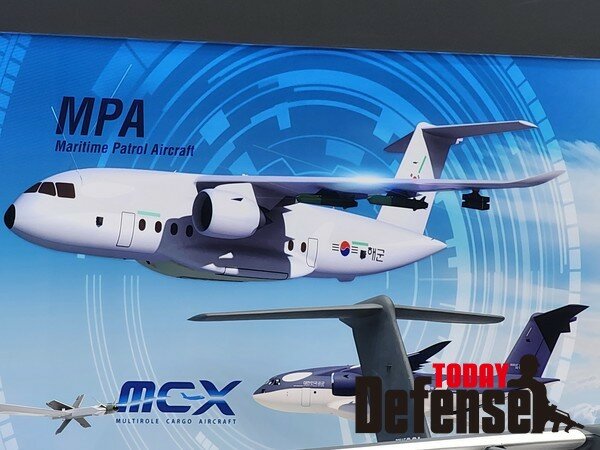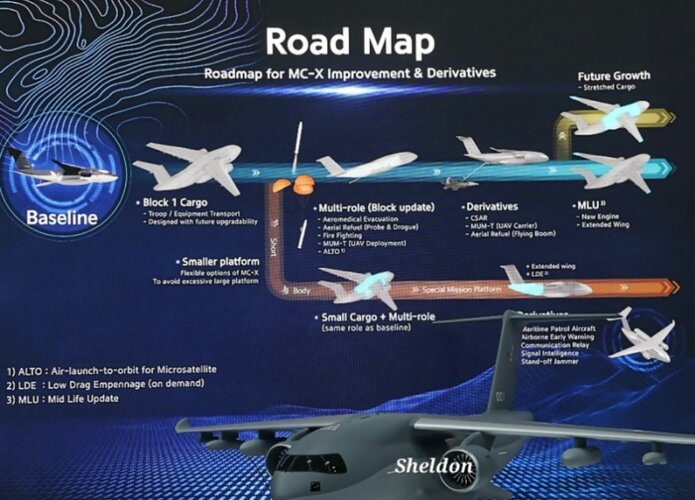- Joined
- 29 November 2010
- Messages
- 1,737
- Reaction score
- 3,375

South Korea unveils design for future military transport aircraft
South Korea’s Korea Aerospace Industries, commonly known as KAI, has released a short promo video of its proposed design for the future military transport aircraft. The released video doesn’t reveal much other than a shape that resembles pretty much every other aircraft in the class, as the...
Last month, Yonhap News Agency also quoted the company’s Executive Vice President Ryu Kwang-su saying that KAI has already reached a consensus with the Defense Acquisition Program Administration on the need to develop future transport and multipurpose aircraft.
“Currently, there are 30 multipurpose and 70 transport planes operated by the Army, Navy and Air Force. We are targeting to replace the imported aircraft with domestically developed ones and advance to overseas markets with our own planes in the long term,” Ryu said.
According to open-source, the Republic of Korea Air Force operates C-130s and CN-235s, mainly for airlift operations.
If developed, the transport aircraft would be used for multiple purposes, including as a reconnaissance plane and a maritime patrol aircraft, as it shares the same platform as a midsized aircraft, Ryu added.
Approximately one year earlier, KAI reported that it will be able to build its own transport aircraft in seven years with an investment of about $2.7 billion.


